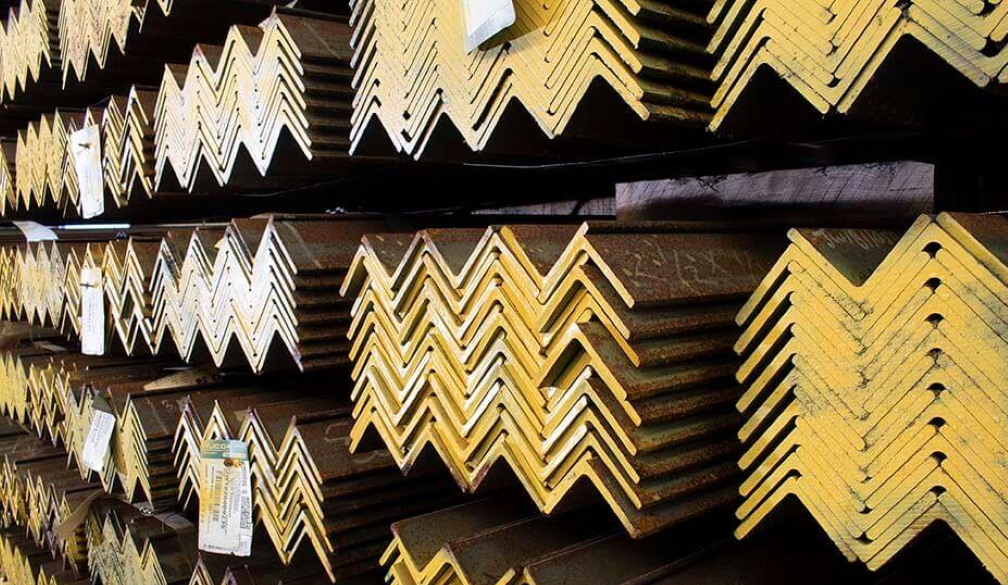What is Steel Angle?
- Written by News Co Media

Steel angle is a basic type of roll-formed steel, molded by bending a single angle in a chunk of hot-rolled carbon steel. Most of the angles are “L” shaped, i.e., usually, 90 degrees angle.
These construction materials act as supporting and structural factors, and play a role in everyday uses. A thing to note about them is, the larger the steel angle, the bigger the load it can sustain. They can also be drilled or punched to fit different needs.
Types
The materials come in varieties, categorized as equal and unequal angles. Equal ones have legs with identical dimensions in terms of length. Non-equal angles have legs of unequal lengths and are thus utilized for nonstandard applications.
Angles can be cut-to-length or have randomly derived length sizes. The legs come in varying lengths too.
These steel angles have rolling accuracy categorized as:
-
High
-
Extra high and
-
Normal
Rolling is the process where metal (steel) is passed through single or multiple pairs of rolls to decrease the thickness, make it even, or impart a particular mechanical property to it.
Applications
They are used in many things as mentioned below:
-
Brackets
-
Reactors
-
Industrial boilers
-
Bridges
-
Transportation machinery
-
Lifting machinery
-
In reinforcements
-
Transmission towers
-
Cable towers
-
Bed frames,
-
Fence post,
-
Coffee tales
-
Table
-
Chairs
Advantages of steel angles include:
1. Steel angles are ductile as steel can withstand prolonged deformation without breaking when under high tensile states. Furthermore, it gives a warning before failure (breakage) ultimately taking place.
2. The ability of the alloy to follow Hooke's Law makes it quite elastic. This aspect allows it to withstand quite an amount of force without getting deformed compared to some other metals.
3. It is tough, pliable, and strong.
4. It is resistant to rain, winds, sunlight, rust and corrosion known to affect other metals, for instance, iron.
5. Steel angles are quite affordable as steel is abundantly available as it can be readily fabricated.
As a structural material, steel also has the following disadvantages:
1. Due to its non-fireproof nature, extra costs have to be incurred to make it fireproof. Additionally, it loses its properties when subjected to extreme temperatures.
2. Another disadvantage is the possibility of buckling. As the column of steel increases, buckling (sudden deflection of the column to the side) sets in.
3. Its high expansion rate means that high temperatures would pose a significant risk to the entire structure being supported by it.
Whether you are a homeowner of a construction firm that wants to ensure your structure is splendidly constructed with the right steel angle support, stainless steel angles are a thing to make use of. For your metal supply, feel free to contact and engage Steel Builders who are there to offer you a good selection of sizes and angles that meet your desired needs to your satisfaction.











